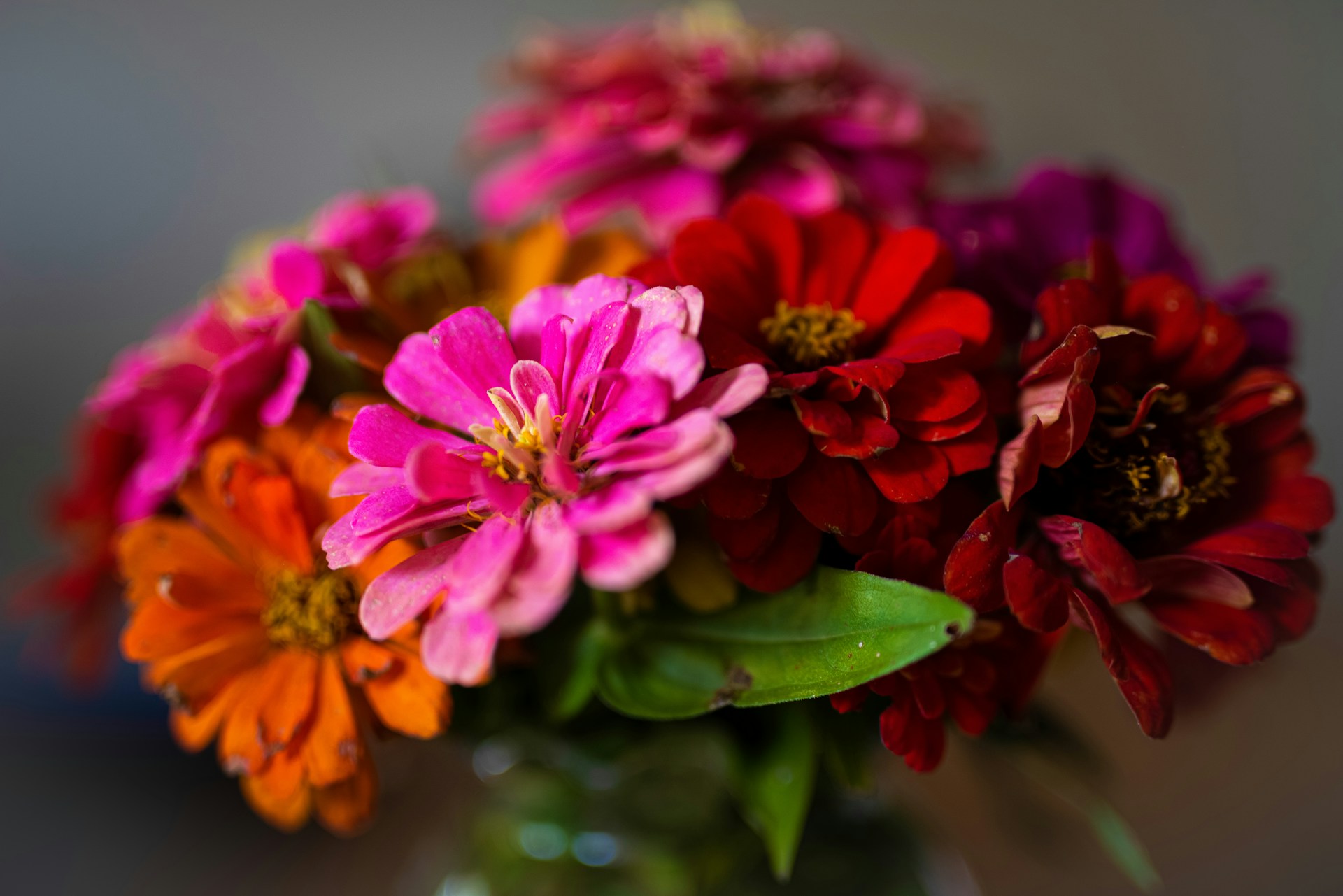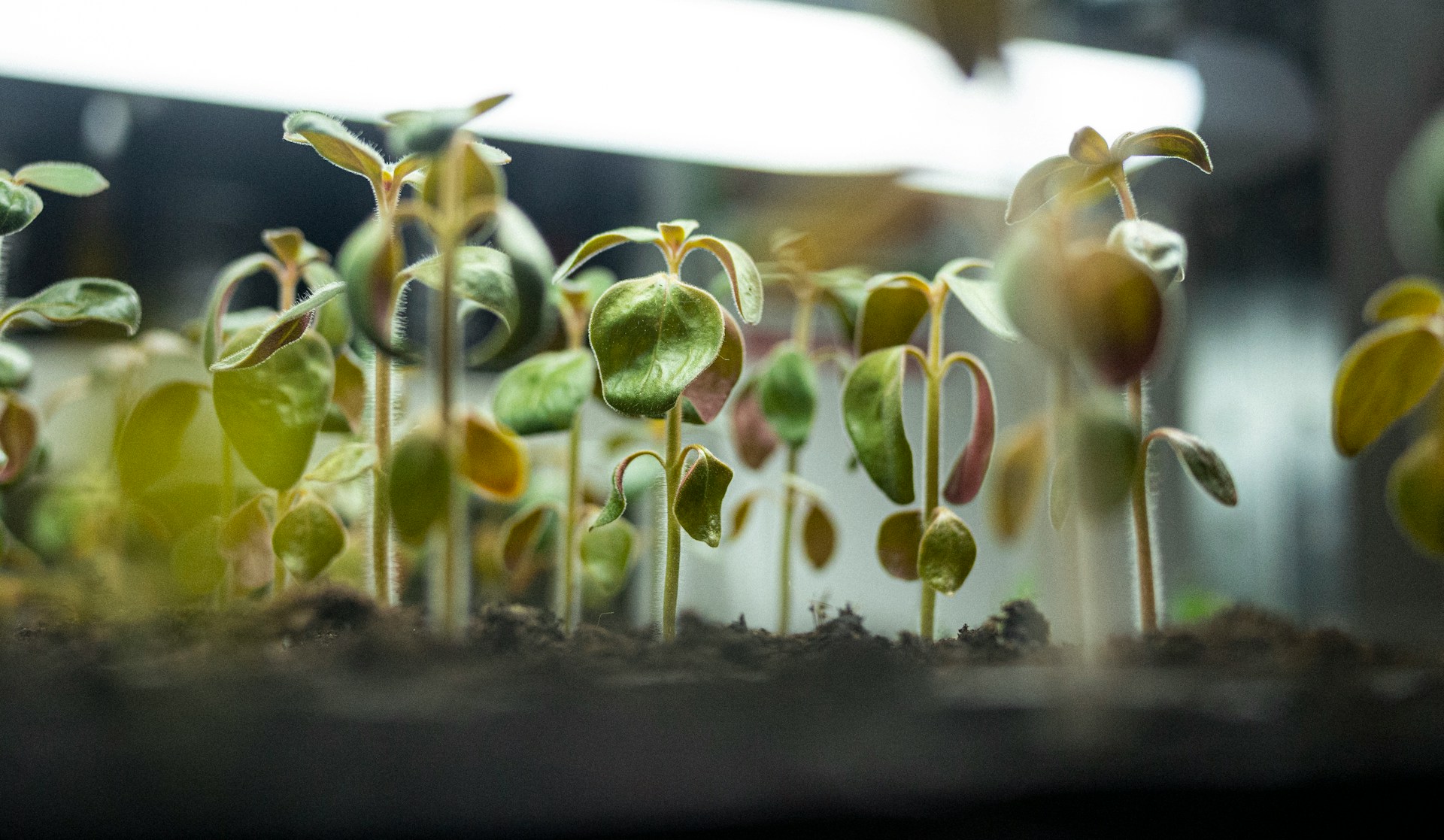
Zinnias are some of the most colourful and easy-to-grow flowers to grace our gardens. Not only are they fast-growing, but they pump out blooms all summer long. However, proper timing is absolutely essential to ensure you get the most out of your Zinnias. This guide and free tool will instantly calculate the ideal time to start your Zinnia seedlings indoors, no matter your growing zone.

Plant Start Date Calculator
Finding Your Last Frost Date
Not sure when your last frost date is? If you're in Canada or the United States, you're in luck! We have another free tool that locates your closest weather station and automatically calculates your frost dates. It uses decades of historical data to give you probabilities of frost on each day of the year.
If you have a warm micro-climate, or are okay with covering your plants with frost cloth - you can pick a the high-risk date to stretch out your growing season as much as possible. If you have a cold micro-climate or don't want to have to worry about covering plants, choose the low-risk date.
If you're not in Canada or the United States, we'd recommend a simple search for "your closest town or city + last frost date". Most of the time, you'll find a good resource quickly. Otherwise, it's always a good idea to ask a local grower what last frost date they use!
Your Growing Zone Isn't Actually That Important
While plant hardiness zones offer important insight when it comes to minimum temperatures during the winter months, it's far less relevant when it comes to growing annual flowers like Zinnias; it doesn't really matter how cold it is outside if your seedlings are starting their life in the warmth of a grow room or windowsill!
Instead, your last frost date - the last day in the winter/spring when frost is expected for your area is far more important. Your last frost date is the day when it's safe to put out frost-vulnerable plants, as no more frost is expected for the year.
By knowing your last frost date and how fast Zinnias grow from seed, we can calculate the best time to start Zinnias indoors from seed to give you a head start on your growing season, so they're the perfect size.
Using The Tool
Our free tool to calculate when to start your Zinnia seedlings indoors is simple: enter your last frost date, and it will give you a suggested date range. It's that simple!
If you're growing a lot of cut flowers, you might be interested in upgrading your planning game with Bloom Manager. It not only calculates when to start seedlings of all types, but it allows you to visually create your season plan including farm/garden layout, calendar and a timeline of growing tasks including harvest time prediction - all for free!
Now what?

Now that you know when to start your seeds, it's growing time!
- Soil Preparation: Begin with a sterile, high-quality seed-starting mix to ensure proper drainage and a germ-free environment for your seedlings. Then, prepare your plug trays or soil blocks, being sure to moisten your soil first.
- Seeding Time: Plant your Zinnia seeds ¼” – ½” deep in your starting mix. Ensure the soil is moist, and water after seeding.
- Waiting Time: Zinnias are fast to sprout and will emerge from the soil in about 3-7 days.
- Adequate Lighting: Zinnias require ample light to prevent leggy growth. A south-facing window or better yet, artificial grow lights can provide your seedlings with the light they need.
- Water... but not too much: Seedlings should be kept consistently moist, but not soaking to prevent disease. Water gently to avoid disturbing the soil.
- Pinch: To get as many blooms as possible, you can pinch back your Zinnias when they're about 6 inches tall and they'll grow back bushier and more productive. Do note that this may delay blooms by a few weeks.
Keep a close eye on the weather as your last frost date approaches; after you've reached your last frost date and there's no more frost in the forecast, your zinnias are ready for a gradual introduction to outdoor conditions - a process called hardening off. Start with a 2-3 hours a day in the shade and slowly move them into the sun and for longer durations over a week. After about 7 days, they're ready for you to transplant in their new home - about 12 to 18 inches apart.
Now, all you have to do is enjoy the blooms! Happy planting!
